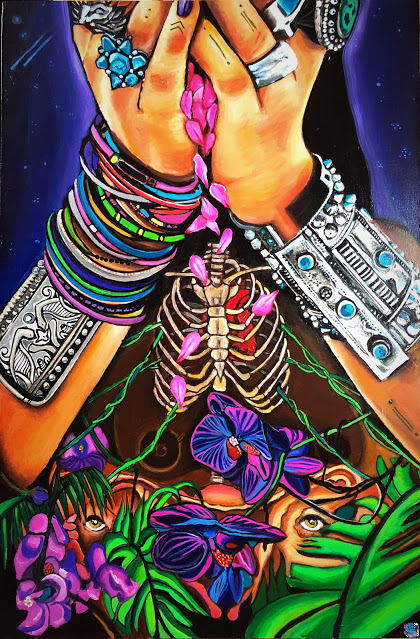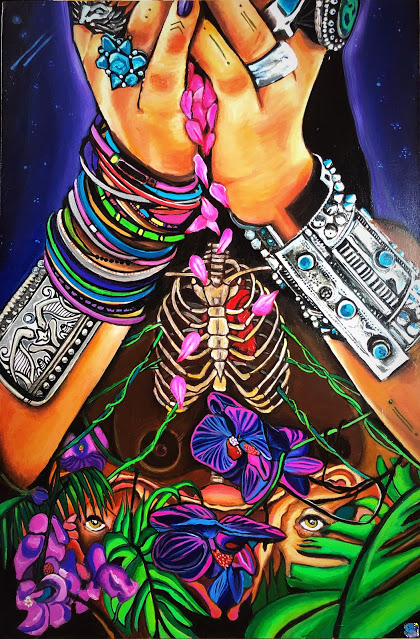The Biology of Art

Throughout history, artists have told their stories and conveyed their emotions through drawings, paintings, architecture, and sculptures. We observe their joy, sorrow, peace, and frustration expressed in their work. How art allows us to express ourselves, likewise through that expression, we communicate. When we enjoy and look at someone else’s art, we see the world through their eyes and also understand ours better.
Whether you create your art or appreciate the beauty and genius of the great masters, it lifts and inspires you beyond your everyday consciousness. Enjoying art can be relaxing, therapeutic, and rejuvenating and also revealing. This understanding is built in our DNA, it is part of our biology. Since birth, we have certain psychology stuck in our minds towards symbology and colors. Certain images trigger elicit instinctual reactions.
This theory was proved by Sigmund Freud, a philosopher and Father of psychology ,who spoke about the subconscious mind of humans. Freud’s theory of art focused on the theme of “the motivation to create”. His understanding of art was based on the artist psyche and the reason for shaping a medium into its final form.

Art is deeply tied to the expression of emotions, unconscious desires, and instincts common among all people. I believe in Freud’s theory of art because his theory centered on knowing the reason why art was created, an outlet, or escape from the harsh reality of suppression in the modern world. This is valid for the artist and the viewer. Art allows repressed behavior to be expressed in a constructive and manageable way, to both the artist and the viewer, like wish-fulfillment in a tangible way.
Great works of art are those that get more reactions, making you feel more emotions with the use of mixed objects and designs, conveying different messages. Artists Intrigue the audience to get more reaction, emotion, and contemplation, hence you go in deeper inside to understand it. A relationship is built with a conversation with the artworks, which I think is what every artist wants to achieve, maybe reach some kind of empathy through the artwork which makes a personal connection with you.
Theories of Freud explains that art is universal to all people through a built-in, bi-pod system, one based upon evolution, the other based upon the biological aspect of perception.
In conclusion, art will not only just talk about the emotion, but will reflect true identity. It is like peeking into someone’s brain which is empowering and I guess a Superpower.